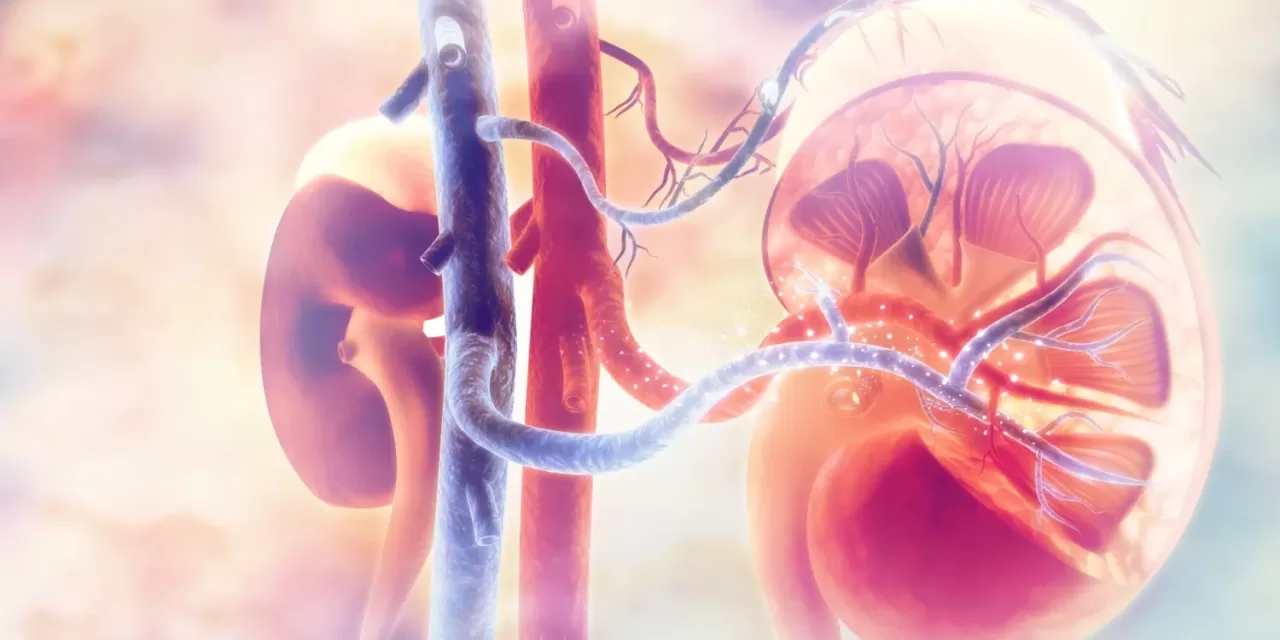BOSTON, USA – Dormant viral genes, remnants of ancient infections embedded deep within our DNA, can be reactivated in the most common type of kidney cancer, potentially triggering the body’s immune system to attack the tumor, according to new research from the Dana-Farber Cancer Institute.
The study, focusing on clear cell renal cell carcinoma (ccRCC), sheds light on a fascinating biological mechanism and offers potential new avenues for cancer immunotherapy.
These viral genes, known as endogenous retroviruses (ERVs), became part of the human genome over millions of years of evolution. While most remain silent, the Dana-Farber researchers discovered that specific conditions within ccRCC cells can awaken them.
A key finding links this reactivation to the VHL tumor suppressor gene. In ccRCC, the VHL gene is often inactivated by mutations, a hallmark of the disease. The study demonstrated that when VHL is non-functional, a protein called HIF2 becomes overabundant. This excess HIF2, the researchers found, drives the reactivation of ERVs, leading to the production of viral-like proteins within the cancer cells.
Crucially, the research team observed that the cancer cells break down these ERV proteins and present fragments on their cell surface. These fragments act like flags, potentially signaling to the immune system that the cell is abnormal. Further experiments involving human samples and mouse models indicated that immune cells, specifically T cells, can recognize these viral flags and mount an immune response against the cancer.
This discovery may help explain why kidney cancer, in some rare cases, appears to be eradicated by the patient’s own immune system – a phenomenon not fully understood until now. The study suggests that the very mutations driving the cancer (like VHL inactivation) inadvertently create targets for the immune system by exposing these ancient viral proteins.
“This study suggests that the immune system can mount an attack on cancer cells that, due to the presence of cancer-driving mutations, present fragments of endogenous retroviral proteins on their surface,” the researchers noted.
The findings, published in the journal Cell on February 28, 2025, point towards exciting possibilities for future cancer treatments. Leveraging the immune system’s ability to recognize these reactivated ERVs could become a novel strategy in developing next-generation immunotherapies specifically targeting kidney cancer.
The research received funding from numerous sources, including the U.S. Department of Defense, the National Institutes of Health, the Howard Hughes Medical Institute, and several foundations dedicated to cancer research.
Disclaimer: This news article is based on research findings published by the Dana-Farber Cancer Institute. It is intended for informational purposes only and should not be considered medical advice. Individuals should consult with qualified healthcare professionals for any health concerns or before making decisions related to their health or treatment.












